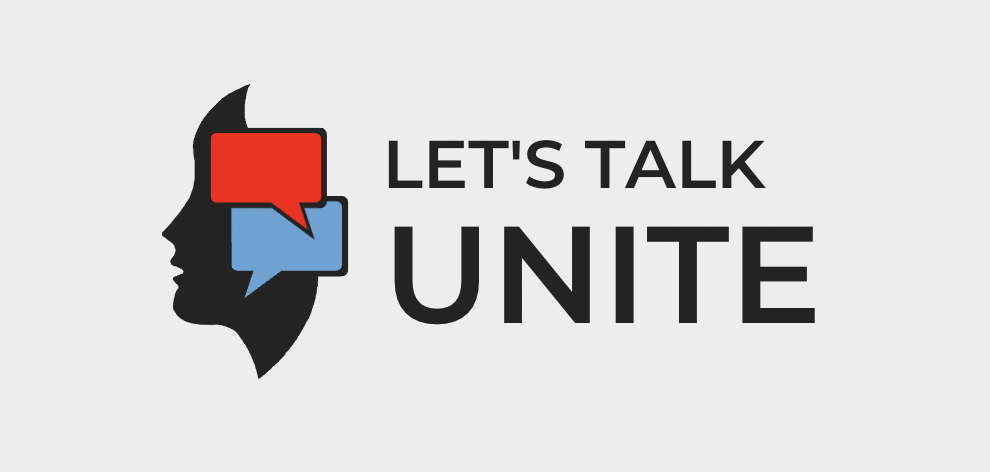Pleasant weather, picturesque beaches, and vibrant farmers’ markets have characterized my upbringing in the City of Palo Alto. I am fortunate to call this city my home. Amidst these luxuries, the aspect that resonates most deeply with my parents and me is the access to exceptional public schools that have played a pivotal role in shaping my academic journey.
Academic rigor has been expected of me since a young age. I diligently attended Kumon since first grade, actively participated in math competitions, and engaged in various enrichment classes. As I progressed to middle and high school, conversations revolving around grades, classes, and tests consumed my social circles. My determination to excel propelled me to enroll in as many honors classes as possible, burying myself in a constant cycle of studying and SAT test preparation. Yet, it was not until my sophomore year, during a particularly challenging Chemistry Honors class, that I became aware of educational inequalities beyond the Palo Alto bubble.
In September of 2022, I joined the Dreamcatchers nonprofit program as a tutor for middle schoolers, assisting seventh and eighth graders in math, science, and history. What quickly became apparent was that many of these bright young students struggled with fundamental math and writing concepts. Upon inquiring about the support that they received outside of school, they confided that parents had busy work lives and teachers were unable to provide them with the individual attention necessary to address their unique learning needs. Strikingly, they emphasized that the high school student tutors, like myself, had been instrumental in teaching them time management and responsibility. It was moments like those that revealed to me that I—a mere 15-year-old student—possessed the power to make a profound impact on a life beyond my own.
According to researchers at Dreamcatchers, 90% of middle and high-income students perform at grade level, compared to only 40% of low-income students. This unsettling disparity serves as a resounding reminder that socioeconomic status continues to shape the trajectory of students’ lives, irrespective of the educational prestige associated with their community. We must all realize the generational educational inequality that plagues the Bay Area, even within Palo Alto—an infamous hub of academic intensity. This inequality underscores the urgent need to provide every student, regardless of their economic background, with a fair chance to flourish academically.
However, tackling educational inequality in Palo Alto is a challenging endeavor that requires a comprehensive strategy to foster inclusivity, cultural awareness, and equal access to education. It is crucial to implement policy reforms at the local, state, and federal levels to address the systemic problems that contribute to these educational disparities. Additionally, the youth can play a vital role by organizing awareness campaigns to bring attention to academic inequality within their communities. They can also dedicate their time to volunteer as tutors and mentors for students who face academic disadvantages in their localities.
As a community, we must commit to taking every necessary step toward rectifying this injustice.

